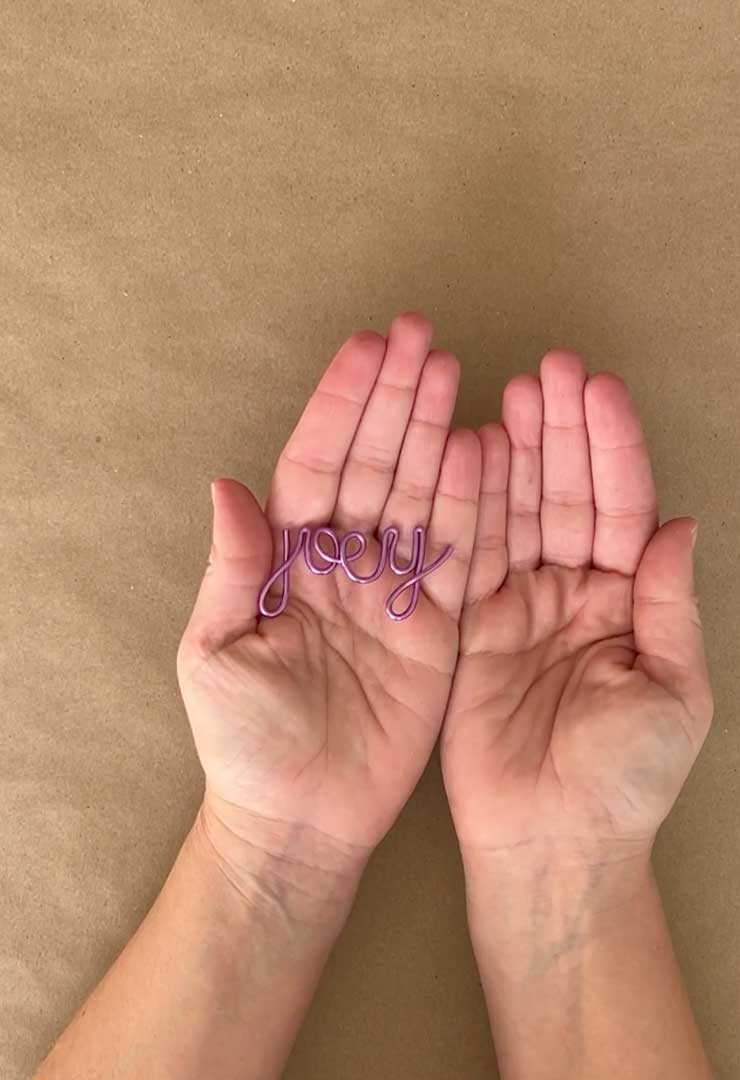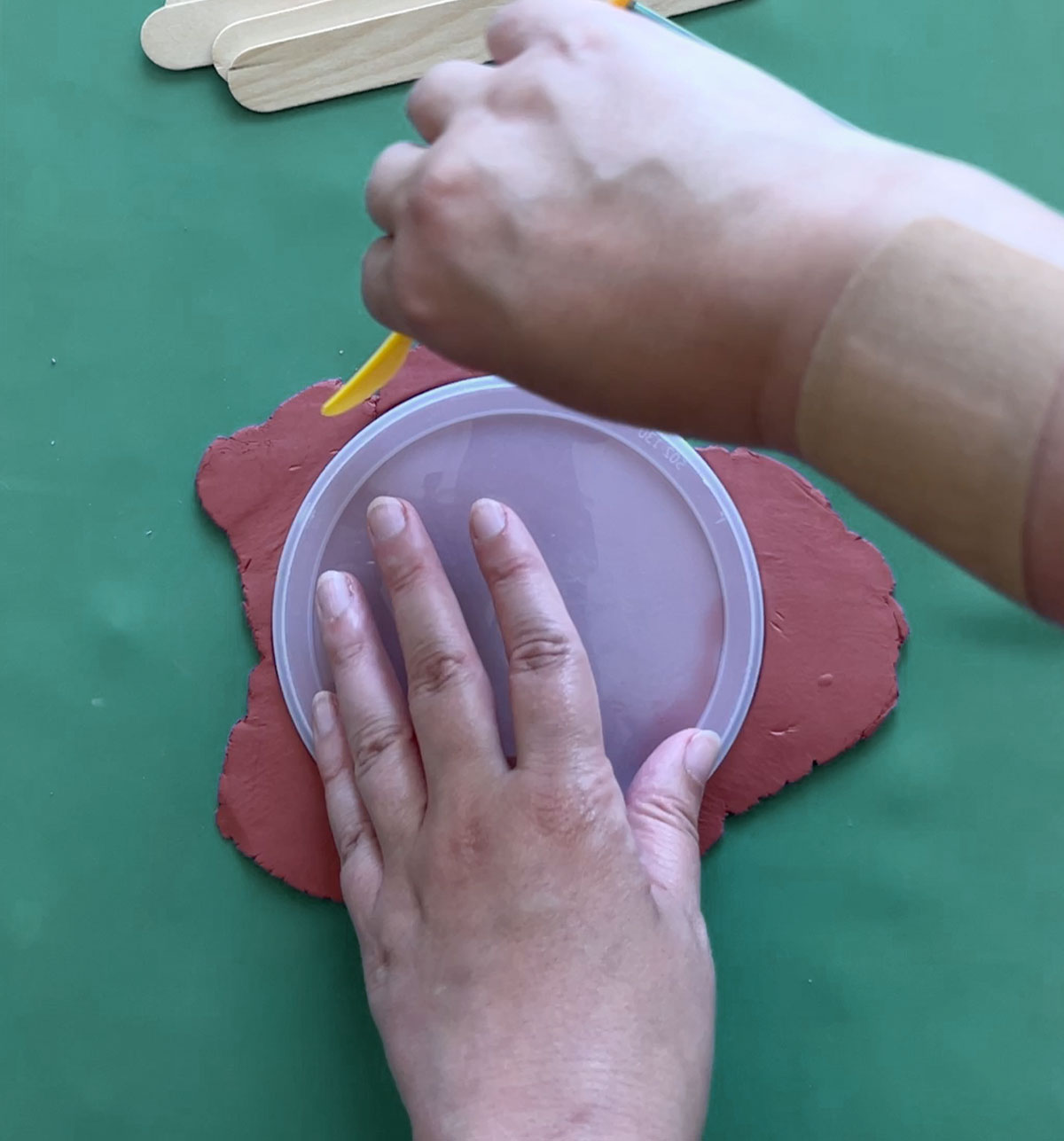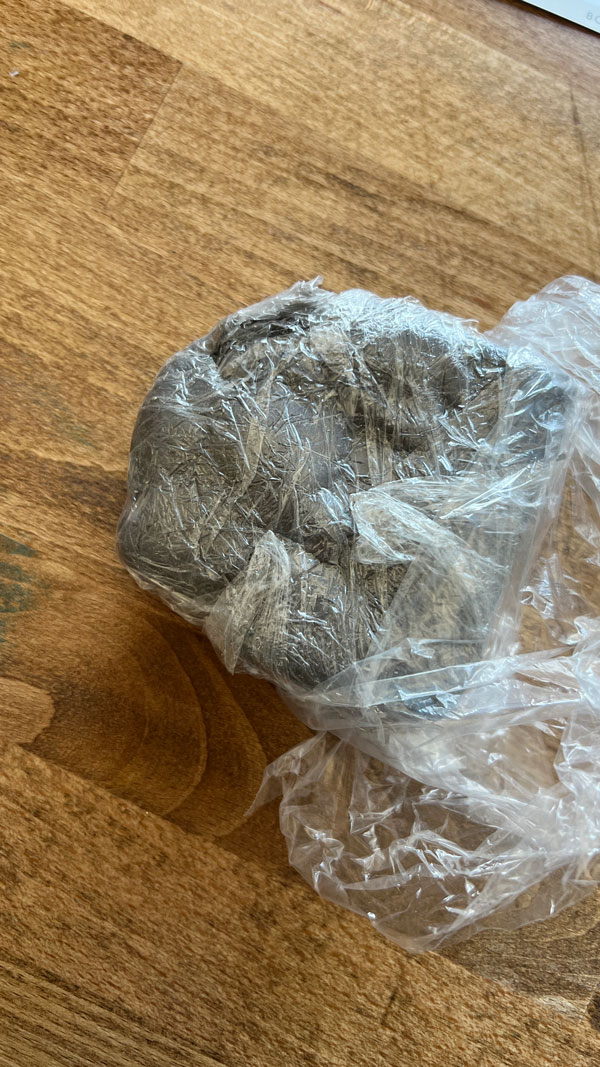Why Does My Craft Wire Keep Breaking? Top Reasons & Solutions
This post may contain affiliate links.
Craft wire is a versatile and popular material used by many jewelry makers and DIY enthusiasts. It allows for endless creativity in designing unique and personalized jewelry pieces, from bracelets and necklaces to earrings. However, one common issue crafters face is wire breakage, which can be frustrating and cause unnecessary setbacks when working on a project.
Several factors contribute to craft wire breaking, including the quality of the wire, the technique used for bending and wrapping, and the tools employed. Understanding these factors can help you avoid wire breakage while creating intricate designs. Choosing a high-quality, enamel-coated craft wire might be the first step to ensure durability and better overall results.

Common Causes for Craft Wire Breakage
Material Quality
The quality of the materials used in crafting wire is a significant factor in determining their durability and lifespan. Low-quality materials are more susceptible to breakage and tend to deteriorate faster. Steel, brass, and copper are commonly used in crafting wires. While choosing a wire for your crafting needs, it is essential to purchase higher-quality materials to ensure the wire’s longevity and reduce the chances of breakage.
Incorrect Wire Thickness
Selecting the appropriate wire thickness, aka gauge, is crucial in minimizing wire breakage. Using a wire that is either too thin or too thick for the intended purpose may lead to breakage. Thinner wires are more prone to snapping under pressure, while thicker wires may be too stiff and difficult to manipulate, causing them to fracture easily.
Keep in mind the type of project you’re working on, and choose a suitable wire gauge accordingly. It’s a good idea to have several wire gauges available in case you need to switch between different thicknesses depending on your crafting needs.
Overheating Issues
Overheating can be another cause of craft wire breakage. When working with wire, it is sometimes necessary to apply heat to soften and shape it. However, excessive heat can weaken and damage the wire’s structural integrity, leading to breakage. To avoid this issue, be cautious while using tools like soldering irons, heat guns, or torches. Adjust the temperature settings of these devices according to the wire material and thickness, and avoid heating the wire for too long.
Considering these factors can help you prevent craft wire breakage and ensure smooth crafting experiences with longer-lasting results.
Ways to Prevent Wire Breakage
Maintenance Tips
Regular maintenance is crucial in preventing craft wire breakage. Keeping your wire clean and free of any kinks will extend its life. Here are some tips to follow:
- Inspect your wire regularly for signs of weakness, such as kinks, fraying, or corrosion.
- Clean your wire gently with a soft cloth to remove dirt or debris. Avoid using abrasive materials that can damage the wire.
- Store your wire in a cool, dry place, away from direct sunlight and extreme temperatures.
- Replace your wire when it shows signs of wear and tear, even if it hasn’t broken yet.
Guides and Best Practices
Following proper techniques and best practices can significantly reduce the risk of wire breakage. Here are some guidelines to keep in mind:
- Use the right type and gauge of wire for your project. Choosing a wire that is too thin or too soft can lead to breakage.
- Avoid overworking the wire by repeatedly bending or twisting it in the same spot. This can cause the wire to become brittle and more susceptible to breaking.
- When working with wire, handle it gently and avoid pulling or tugging on it forcefully.
- Invest in quality tools like pliers, cutters, and wire straighteners. These tools can help prevent damage to the wire during crafting.
- Consider using a wire protector to minimize the risk of breakage, especially when working with delicate or thin wires.
- When bending wire, do so in a smooth, controlled motion to prevent kinking or weakening the wire.
- Finally, educate yourself on proper wire-handling techniques through online tutorials or workshops and classes. This knowledge will help you work with your wire more effectively and reduce the risk of breakage.
Frequently Asked Questions
Wire quality issues
Wire quality plays a crucial role in craft wire durability. Low-quality wire might have a higher chance of breaking due to weak material or insufficient coating. Opt for high-quality, permanently colored copper wire, which is resistant to scratching, peeling, and marring.
Wrong gauge usage
Using the wrong gauge of wire may cause it to break easily. Both thick and thin gauges have their specific applications; a wire that is too thin will not provide enough durability, while too thick wire could be difficult to manipulate and cause stress at the bending points.
Over bending wire
Repeatedly bending and folding wire can weaken it and lead to breaks. Be mindful of the design you’re working on, and avoid excessive bending. Consider using wire weaving or wire wrapping techniques where appropriate to ensure stability and prevent breakages.
Improper handling
Handling the wire improperly or with excessive force may cause it to break. Use appropriate tools and techniques, like nylon jaw pliers, to prevent kinks and ensure even bending. Also, when working with wire, make sure your hands are clean and dry to prevent potential damage to the wire’s surface.
Corrosion or damage
Exposure to air, moisture, and chemicals can lead to corrosion, weakening the wire and making it more prone to breaking. Store your craft wire in a dry and clean environment, away from any chemicals that may cause damage. When working with wire, be mindful of potential damage from tools or other objects.
Need for reinforcement
In some cases, craft wire might require reinforcement to prevent breakages. This can be achieved by doubling up the wire, introducing a core material, or incorporating additional wire strands in your designs. Assess your project and determine if reinforcement is necessary for added stability and durability.





